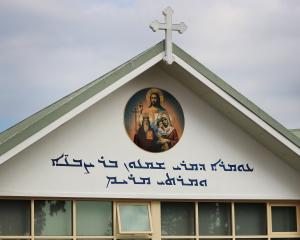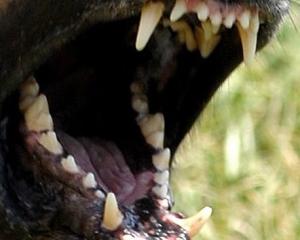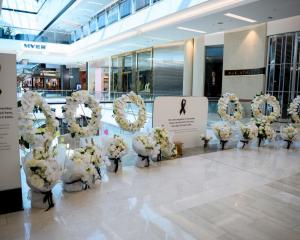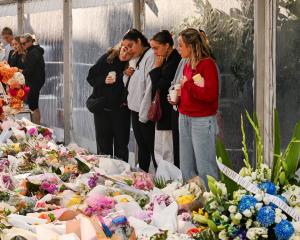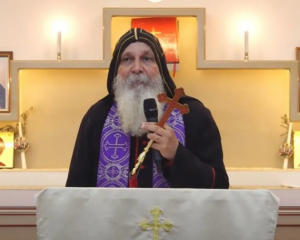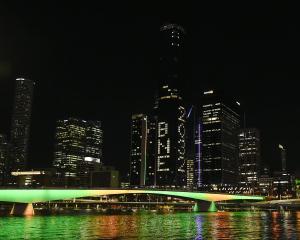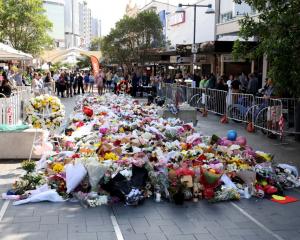Dozens of homes are under threat as NSW firefighters battle 135 blazes in 40-plus temperatures and "catastrophic" conditions.
The worst fires are in the south of the state, near Cooma, Nowra, Bega and Wagga Wagga.
But although 40 remained uncontained, by mid-afternoon today there had been no reports of loss of life or homes as residents heeded dire warnings from authorities.
"We have been very fortunate," said Rural Fire Services (RFS) Commissioner Shane Fitzsimmons, who praised the "extraordinary" firefighting effort taking place in "dirty, hot difficult conditions".
Hundreds of firefighters were in the field, with thousands more on standby, as temperatures climbed and the fires, fanned by winds over 70kmh, burned more than 26,000 hectares of grass, scrub and bushland.
Thirty homes were threatened by a fire 12km east of Cooma - 20 in the Kybeyan Valley and 10 around Mount Forest Road in the Cooma-Monaro area.
A fire on the south coast at Brogo, near Bega, was expected to affect isolated properties north of Eagles Nest Road.
There has been some respite in the Bega area, after temperatures eased to the mid-20s following a southerly wind change just after 2pm.
An emergency bushfire warning was issued for the township of Tarcutta, in southwest NSW, where the fire front was about 3km from properties shortly before 1pm.
Residents were being urged to "shelter in place" as it approached, as it was too late to leave, and parts of the Hume Highway were closed.
Other fires at an "emergency" alert level were at Oura, Mates Gully and Munyabla, near Wagga, and Narrandera, southwest of Wagga.
The Munyabla fire was heading towards the township of Henty, between Albury and Wagga.
A fire at Dean's Gap in the Shoalhaven was heading east towards the Princes Highway and posing a potential threat to the seaside resort of Sussex Inlet.
Up to 90 per cent of NSW was in severe danger, with conditions officially described as catastrophic in the Illawarra, Shoalhaven, the Southern Ranges, the northern and eastern Riverina and southern parts of the lower Central West Plains.
NSW Emergency Services Minister Mike Gallacher said the extreme weather - predicted to create one of the worst fire danger days in NSW history - had started "to play out".
"There was a hope that something would abate this weather condition as it moves across NSW, but the fact is that it has not," he told reporters in Sydney.
A total fire ban is in place across NSW, with temperatures predicted to hit 45 degrees in the state's far west and 43 degrees in Sydney - the third highest mark on record.
All NSW national parks, reserves and state forests are closed to the public due to the fire risk, while the total fire ban has been extended into tomorrow.

